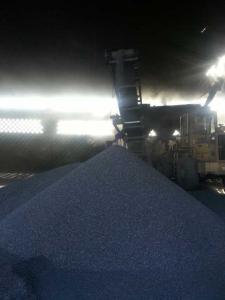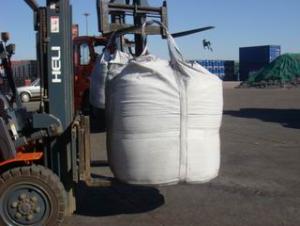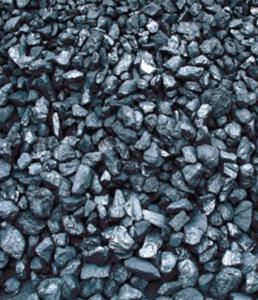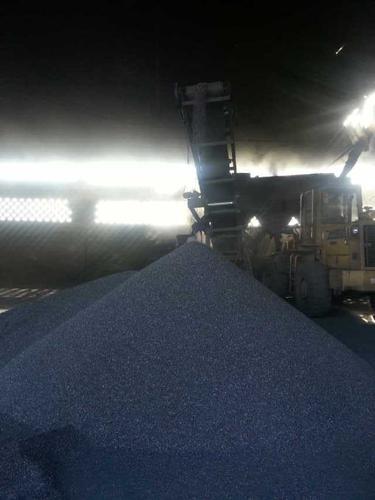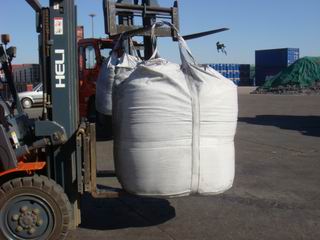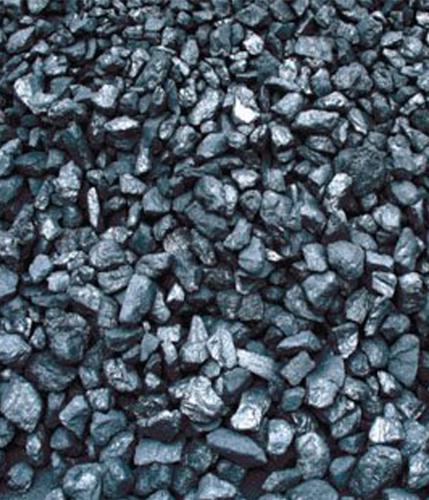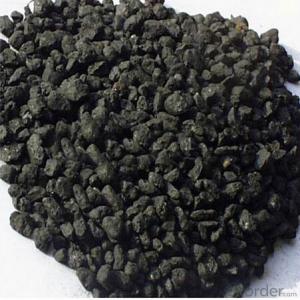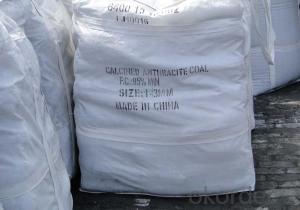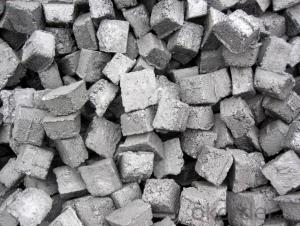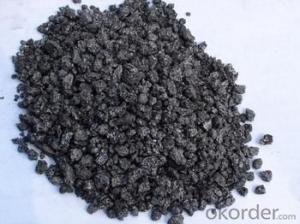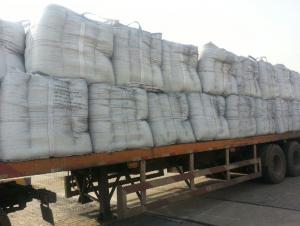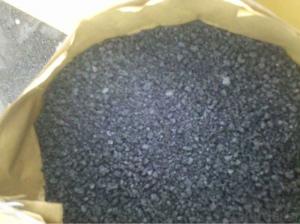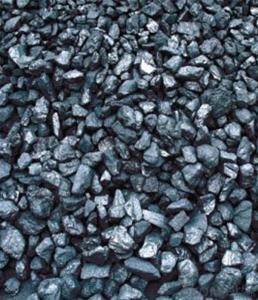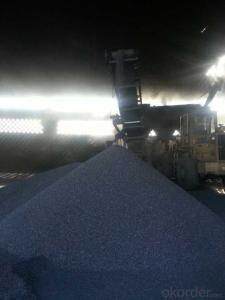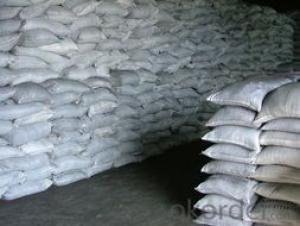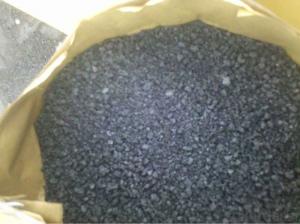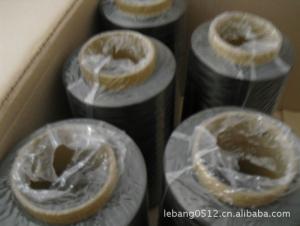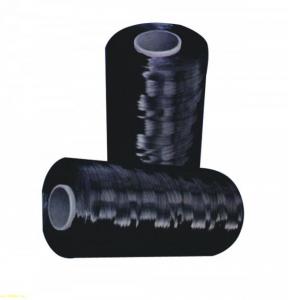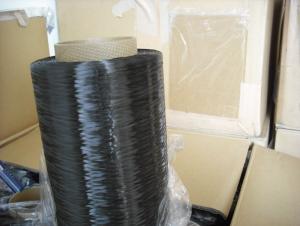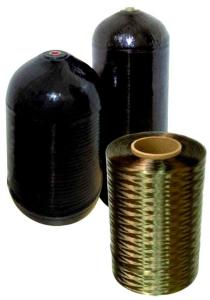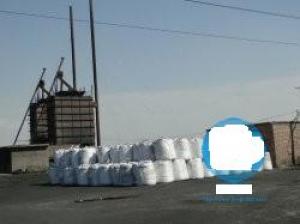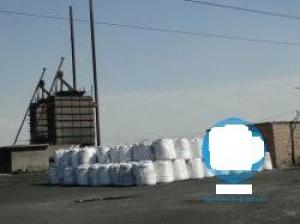Calcined Anthracite High FC 93 CNBM China
- Loading Port:
- Tianjin
- Payment Terms:
- TT OR LC
- Min Order Qty:
- 0 m.t.
- Supply Capability:
- 100000 m.t./month
OKorder Service Pledge
OKorder Financial Service
You Might Also Like
Packaging & Delivery
| Packaging Details: | 1. carbon additive in 1 MT jumbo bag 2. carbon additive in 25kg PP bag 3. carbon additive in 50 kg woven bag 4. carbon additive in bags then put them on pallet 5.bulk in container 6.as your requirements |
| Delivery Detail: | within 10 days after receiving 30% deposit or LC |
Product Description
Carbon additive (carbon raiser) with characteristic of low ash and low sulfur is made from calcined petroleum coke, graphite petroleum coke or high quality anthracite coal . As an ideal recarburizer and intermediate reactor, it has been widely used in different industries like metallurgy, chemistry, machinery, electricity, etc.
The selection of a charging carbon is determined by the quality requirements of the steel or ferroalloy production as well as the cost and availability of carbon products. So the recarburizer is mainly used in the metallurgy to increase the content of carbon.
Specification
Carbon | Min98% |
Ash | Max0.5% |
Sulphur | Max0.05% |
V.M | Max0.5% |
Moisture | Max0.5% |
N | Max0.03% |
H | Max0.01% |
Sizes(mm) | 1-5 1-3 3-10 1-10 |
Calcined petroleum coke as carbon additive
Carbon | Min89% |
Ash | Max0.3% |
Sulphur | Max6% |
V.M | Max10% |
Moisture | Max8% |
N | Max0.03% |
H | Max0.01% |
Sizes(mm) | 1-5 3-8 5-15 10-20 |
Calcined anthracite coal as carbon additive
Carbon | Min90-95% |
Ash | Max5% |
Sulphur | Max0.5% |
V.M | Max1.5% |
Moisture | Max0.5% |
N | Max0.03% |
H | Max0.01% |
Sizes(mm) | 1-5 3-8 1-3 |
Pictures of Calcined AnthraciteCoal:
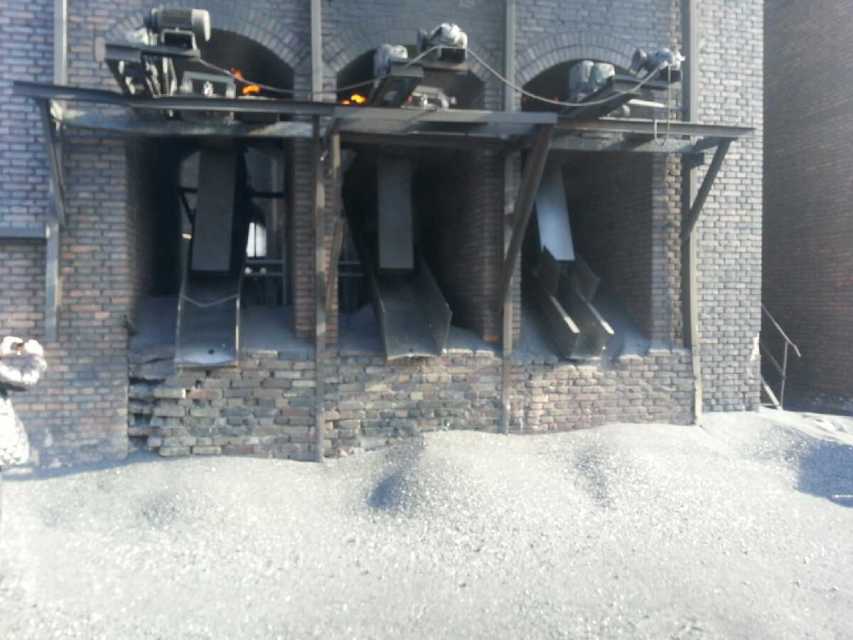
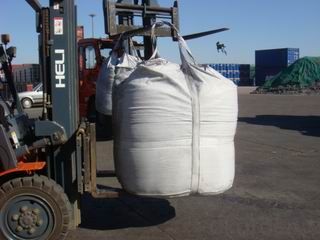
- Q: Will long-term use of carbon alloy chopsticks cause cancer?
- The chopsticks are washed with water for a long time, and the water content is especially high. The chopsticks are placed in the non ventilated place for a long time, and the chances of deterioration of the chopsticks are improved." Huang Yahui said, especially the moldy chopsticks, may be contaminated by aflatoxin. It is understood that aflatoxin is the 1 class of carcinogens, is a highly toxic highly toxic substances, human and animal liver tissue will have a damaging effect, can lead to serious liver cancer or even death. Huang Yahui warned that the public should be weekly chopsticks into boiling water after half an hour, placed in the air to air dry before use, it can achieve the disinfection effect, and can effectively and conveniently remove mildew in chopsticks. In addition, it is best to use half a year to replace the new chopsticks, so you don't have to worry too much. "The selection of chopsticks is also very exquisite."." Huang Yahui said, "the ideal chopsticks are bamboo chopsticks and non staining wooden chopsticks.". After the dyed or painted wood, paint and stain will enter the body with food. When in use, especially the stain in heavy metals, benzene and other harmful substances, can cause gastrointestinal inflammation, ulceration, erosion, serious can cause cancer.
- Q: What do you stand for?Tar, smoke, nicotine, and carbon monoxide. What do you mean? What's the size of the smoke, or the size of the smoke? What's the connection? Smoking is harmful, so how do you choose to smoke smaller cigarettes?
- These three values referred to as physical and chemical indicators, my understanding is this: the Tar Nicotine tar is representative of nicotine. The carbon monoxide is simply to give the environmental protection department and health department occasional children get. Like the automobile exhaust mean.
- Q: How is carbon used in the production of filters?
- Carbon is commonly used in the production of filters due to its unique properties. One of the main uses of carbon in filters is its ability to adsorb, or attract and hold onto, impurities and contaminants. This is because carbon has a large surface area with many tiny pores, allowing it to effectively trap and remove particles, chemicals, and odors from air, water, and other substances. In air filters, carbon is often combined with other materials, such as activated charcoal, to create activated carbon filters. These filters are used to remove pollutants, allergens, and odors from the air. The activated carbon adsorbs the contaminants, trapping them within its porous structure and improving the overall air quality. In water filters, carbon can be used in different forms, such as granular activated carbon (GAC) or carbon block filters. GAC filters are commonly used in household water filtration systems and are effective in removing chlorine, volatile organic compounds (VOCs), pesticides, and other chemicals. Carbon block filters, on the other hand, are made by compressing activated carbon into a solid block, providing a higher surface area and better filtration efficiency. In addition to air and water filters, carbon is also used in various other types of filters, such as those used in industrial processes, gas masks, and respirators. The versatility of carbon in filtering applications is due to its ability to adsorb a wide range of contaminants and its high adsorption capacity. Its use in filters helps improve the quality and safety of the substances being filtered, making it an essential material in many filtration processes.
- Q: What are the effects of carbon emissions on the stability of mangrove forests?
- Carbon emissions have detrimental effects on the stability of mangrove forests. Increased carbon dioxide in the atmosphere leads to ocean acidification, which negatively impacts mangroves by inhibiting their growth and reducing their ability to survive. Additionally, rising temperatures resulting from carbon emissions contribute to sea level rise, which increases the risk of flooding and erosion in mangrove habitats. This disrupts the delicate balance of the ecosystem and threatens the overall stability and biodiversity of mangrove forests.
- Q: What are the long-term effects of increased carbon emissions on ecosystems?
- Increased carbon emissions have significant long-term effects on ecosystems. One major consequence is the disruption of the Earth's climate system, leading to more frequent and intense extreme weather events such as hurricanes, droughts, and heatwaves. This can result in habitat destruction, loss of biodiversity, and increased vulnerability of species to extinction. Furthermore, elevated carbon dioxide levels in the atmosphere can contribute to ocean acidification, which harms marine ecosystems and disrupts the delicate balance of marine life. Overall, the long-term effects of increased carbon emissions on ecosystems are detrimental and pose a grave threat to the health and stability of our planet's natural systems.
- Q: What are the advantages of carbon nanotube transistors?
- Carbon nanotube transistors offer several advantages compared to traditional silicon-based transistors. Firstly, carbon nanotubes have excellent electrical properties. They possess high electron mobility, which means that electrons can move through them quickly and easily. This allows for faster switching speeds and higher operating frequencies, making them ideal for high-performance applications such as computers and communication devices. Secondly, carbon nanotubes have a very small size. They can be as small as a few nanometers in diameter, which is several orders of magnitude smaller than the feature sizes of silicon transistors. This miniaturization potential enables the development of highly compact and densely packed electronic circuits, leading to higher integration levels and increased device functionality. Additionally, carbon nanotubes are more resistant to heat and have better thermal conductivity than silicon. This means that they can handle higher temperatures without degrading, allowing for more efficient operation and reducing the need for complex cooling systems. It also enables the fabrication of devices that can withstand harsh environments, making them suitable for applications in aerospace, automotive, and defense industries. Furthermore, carbon nanotubes are mechanically strong and flexible. They can be bent and stretched without breaking, making them suitable for use in flexible electronics and wearable devices. Their mechanical robustness also ensures long-term stability and reliability, leading to improved device performance and longevity. Lastly, carbon nanotube transistors can be fabricated using existing manufacturing processes, making them compatible with current semiconductor technologies. This means that they can be integrated into existing electronic systems without significant modifications, reducing the cost and time required for their implementation. Overall, the advantages of carbon nanotube transistors, including their high electrical performance, small size, thermal stability, mechanical strength, and compatibility with existing manufacturing processes, make them a promising alternative to traditional silicon transistors for future electronic applications.
- Q: Carbon emissions trading stocks latest list of carbon emissions trading stocks what?
- Deason shares and Evergreen Group (biomass industry development leading countries to cope with climate change "(2014-2020)" an important direction to encourage); Yongan forestry (the potential target of forest carbon sequestration forestry circular economy demonstration enterprise). In addition, according to statistics, Huayin electric power (600744), Shenzhen (000027) and other energy shares of Shenzhen emissions exchange.
- Q: Now the furnace rock carbon early deleted, more than +10, he wants advanced I can't do ah
- Higher carbon is a little more likely than colorless reinforcement. Kylie, there are 2 kinds of reinforcement. The strengthening above requires only a colorless color
- Q: Search for a summary of the importance of carbon in life. If you write well, you can add points,
- Carbon is a nonmetallic element, whether it is carbon of single substance or carbon compound. It plays an indispensable role in material production, daily life and human existenceThe material containing carbon elemental state are mainly coal, charcoal, graphite and diamond; coal, charcoal is agent or reducing domestic and industrial fuel, raw materials, graphite pencil electrode materials and high temperature resistant materials, diamond is expensive jewelry materials and industrial superhard materials.
- Q: What is carbon black used for?
- Carbon black is a versatile substance that finds applications in various industries. Primarily, it is used as a pigment and reinforcing filler in the production of rubber products, such as tires, hoses, and belts. The addition of carbon black enhances the strength, durability, and resistance to abrasion of rubber materials. Additionally, carbon black is used as a coloring agent in inks, paints, and coatings due to its excellent light-absorbing properties. It provides intense black color and improves the UV resistance of these products. Moreover, carbon black is utilized in the production of plastics, where it acts as a filler to enhance the mechanical properties of plastic components and reduce their cost. In the energy sector, carbon black is employed as a conductive additive in batteries and fuel cells. Its high electrical conductivity enhances the performance of these energy storage devices. Carbon black is also used in the manufacture of electrodes for supercapacitors, where its large surface area enables efficient energy storage. Furthermore, carbon black has applications in the construction industry as a reinforcing agent in concrete and asphalt. It enhances the strength and durability of these materials, making them more resistant to cracking and weathering. In summary, carbon black is widely used in the production of rubber, plastics, inks, paints, coatings, batteries, fuel cells, supercapacitors, and construction materials. Its properties as a pigment, reinforcing filler, coloring agent, and conductive additive make it a valuable material in numerous industrial applications.
Send your message to us
Calcined Anthracite High FC 93 CNBM China
- Loading Port:
- Tianjin
- Payment Terms:
- TT OR LC
- Min Order Qty:
- 0 m.t.
- Supply Capability:
- 100000 m.t./month
OKorder Service Pledge
OKorder Financial Service
Similar products
Hot products
Hot Searches
